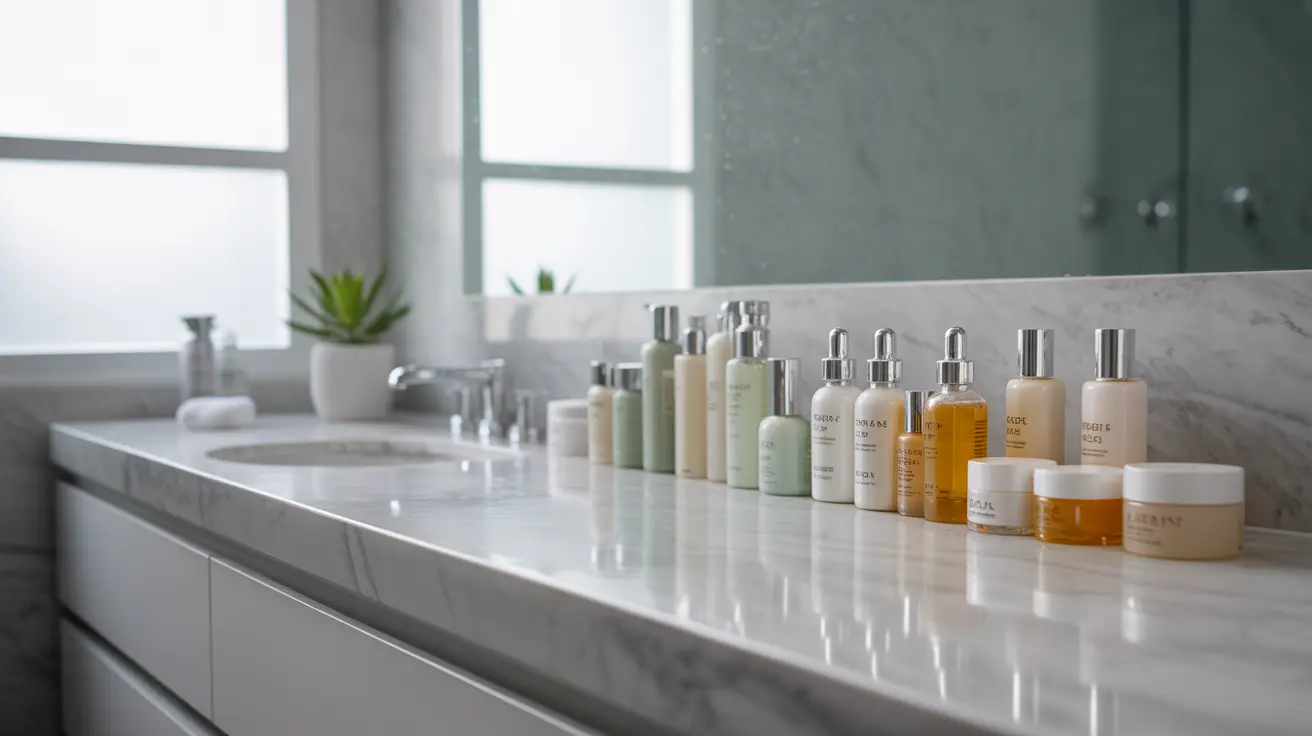Forehead wrinkles are a common concern that many people face as they age, appearing as horizontal lines across the forehead or vertical lines between the eyebrows. While they're a natural part of aging, understanding their causes and available treatments can help you make informed decisions about prevention and management.
Whether you're looking to prevent early signs of aging or address existing forehead wrinkles, this comprehensive guide will explore everything from daily skincare routines to professional treatments, helping you develop an effective strategy for maintaining smoother, younger-looking skin.
Understanding the Causes of Forehead Wrinkles
Forehead wrinkles develop due to a combination of factors, including natural aging processes, repetitive facial expressions, and environmental influences. The skin loses collagen and elastin over time, making it more susceptible to forming permanent lines and creases.
Key factors contributing to forehead wrinkles include:
- Natural aging and loss of skin elasticity
- Repeated facial expressions (raising eyebrows, frowning)
- Sun exposure and UV damage
- Dehydration and poor skincare habits
- Smoking and environmental pollutants
- Genetic predisposition
Prevention Strategies and Early Intervention
Taking proactive steps to prevent forehead wrinkles can significantly impact their development and severity. A comprehensive prevention strategy should focus on both protective measures and healthy lifestyle choices.
Daily Skincare Essentials
An effective skincare routine should include:
- Broad-spectrum sunscreen (SPF 30 or higher)
- Moisturizers with hyaluronic acid
- Retinoids or retinol products
- Antioxidant serums (vitamin C, E)
- Gentle cleansers that don't strip the skin
Lifestyle Modifications
Making certain lifestyle changes can help minimize the development of forehead wrinkles:
- Maintaining proper hydration
- Getting adequate sleep
- Managing stress levels
- Avoiding smoking
- Eating a nutrient-rich diet
- Practicing facial exercises mindfully
Professional Treatment Options
When home care isn't enough, several professional treatments can effectively address forehead wrinkles.
Non-Surgical Treatments
Popular non-invasive options include:
- Botulinum toxin injections (Botox)
- Dermal fillers
- Chemical peels
- Microdermabrasion
- Laser therapy
- Ultrasound treatments
Medical-Grade Skincare
Prescription-strength products can provide more significant results than over-the-counter options. These might include:
- Prescription retinoids (tretinoin)
- Medical-grade chemical peels
- Professional-strength peptide treatments
- Concentrated hyaluronic acid serums
Frequently Asked Questions
What causes forehead wrinkles and how can I prevent them early? Forehead wrinkles are primarily caused by repeated facial movements, sun exposure, and natural aging. Early prevention includes using sunscreen daily, maintaining good skincare habits, staying hydrated, and considering preventative treatments like Botox when appropriate.
Which skincare ingredients are most effective in reducing forehead wrinkles at home? The most effective ingredients include retinoids, peptides, hyaluronic acid, and antioxidants like vitamins C and E. These ingredients help stimulate collagen production, maintain hydration, and protect against environmental damage.
How does daily sun protection help in preventing or reducing forehead wrinkles? Sun protection prevents UV damage that breaks down collagen and elastin fibers in the skin. Daily SPF use helps maintain skin structure and prevents premature aging, making it one of the most effective ways to prevent and minimize forehead wrinkles.
What are the medical treatments available for deep or persistent forehead wrinkles? Medical treatments include Botox injections, dermal fillers, laser therapy, chemical peels, and microdermabrasion. These treatments can be used alone or in combination for optimal results, depending on wrinkle severity and individual needs.
How do Botox and dermal fillers work to smooth forehead wrinkles and how long do results last? Botox works by relaxing the muscles that cause wrinkles, typically lasting 3-4 months. Dermal fillers add volume beneath wrinkles to smooth them out, with results lasting 6-18 months depending on the product used and individual factors.




